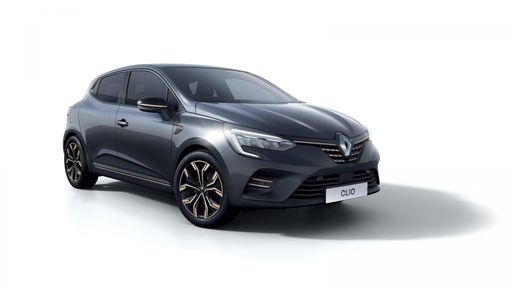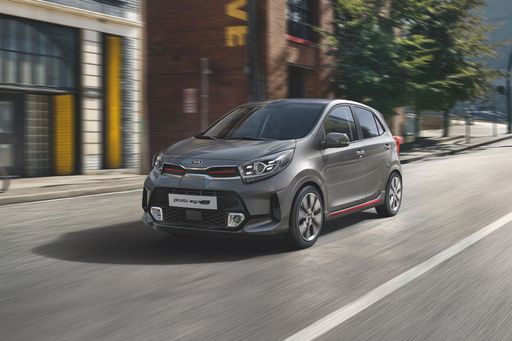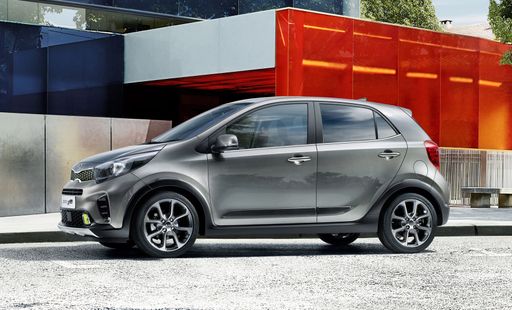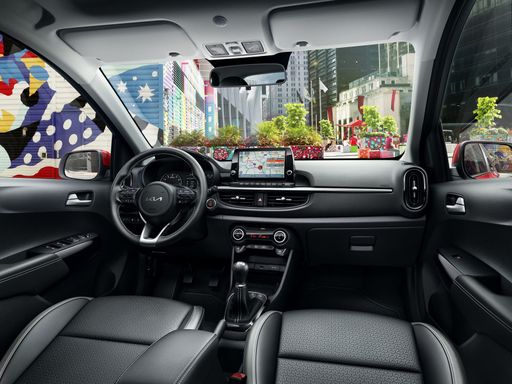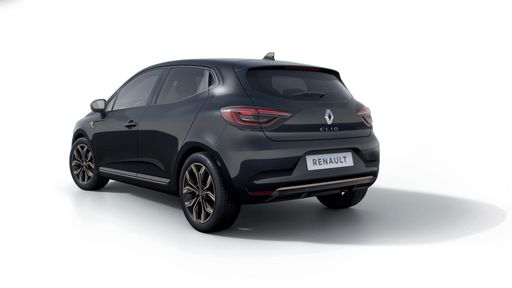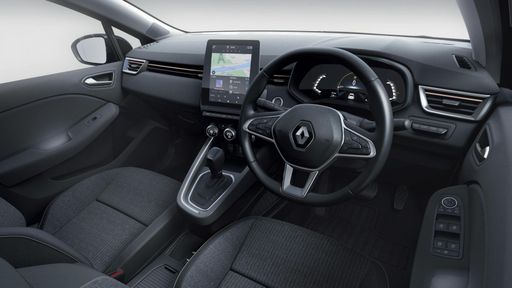Clash of the City Compacts: Kia Picanto vs Renault Clio
In the bustling world of city cars, the competition is fierce, and the choices are plenty. Two contenders stand out with remarkable features and innovations: the Kia Picanto and the Renault Clio. Designed for urban dwellers and compact car enthusiasts, both vehicles promise comfort, efficiency, and a touch of style. Let's delve deeper into the technical aspects and innovations of these two hatchbacks.

